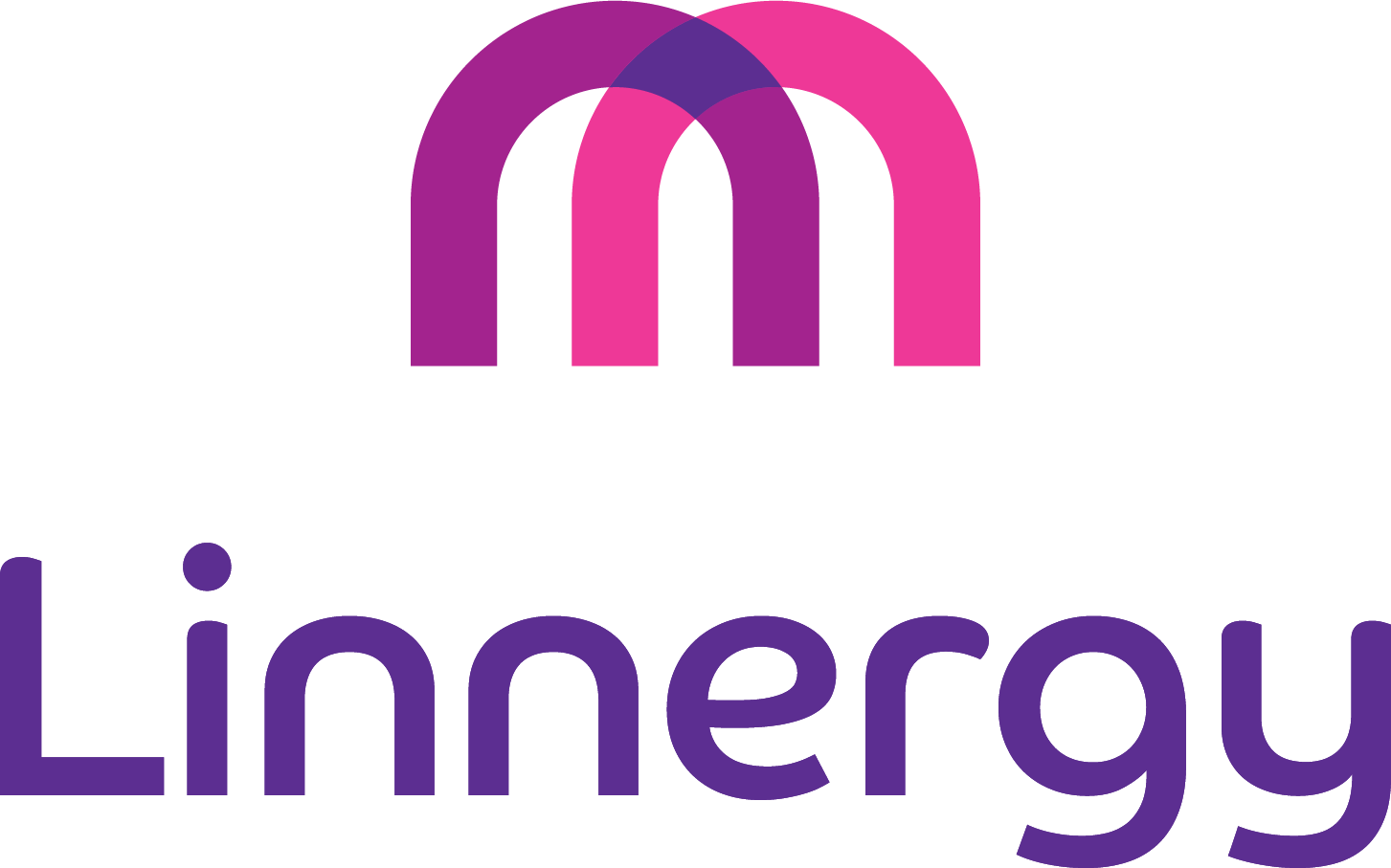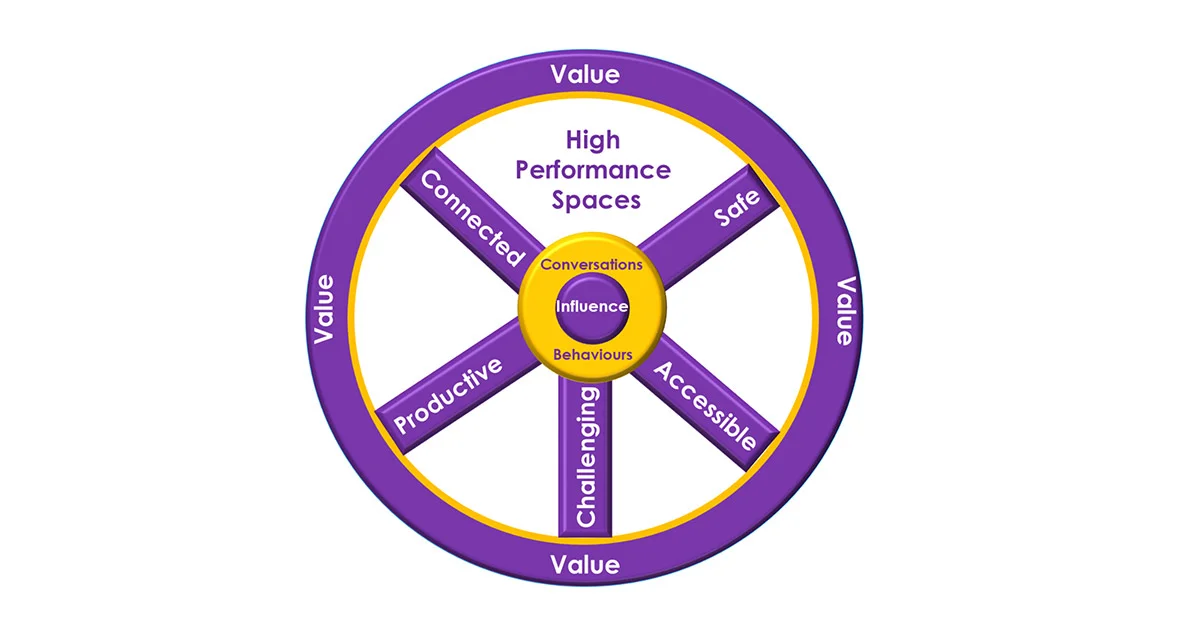How to get clients to buy without selling
For as long as I can remember, accountants have been told that we are not good at selling and this is a major barrier to moving into offering new services, particularly business and financial advisory services.
While this may or may not be so, I ask a more fundamental question; why do we need to be good at selling?
What would be your response if, the next time you went to the doctor, she told you; the surgery had a special on appendectomies this month and, if you sign up before the end of the month, you can get a 25% discount? What if you found out that the surgery was working to a KPI of selling ‘x’ quantity of a certain type of drug this month and you had just been prescribed that particular drug?
But doctors are running a business and therefore entitled to work this way, aren’t they?
When you hold the exalted position of ‘the trusted adviser’ there are different expectations placed on you. You do not expect someone with whom you have endowed this level of trust, to sell you their services or products. Yet I have seen accountants, often regarded as the ‘most trusted adviser’, having targets, for example, to move five clients per month onto some new financial analysis program they are offering. I have also seen accountants invest in sales training programs that provide sales techniques that are more related to product sales than relationship selling.
This has led me to question: Can a person who ‘sells’ really be a trusted adviser?
I am of the view that if, you are in a relationship business (which most professional service firms are) and seeking to be your clients’ trusted adviser, then you should not be selling your clients ANYTHING!! You only have to look at the findings of the Hayne Royal Commission to see what damage a sales mentality can do.
I believe that professional or relationship ‘selling’ is not about selling at all. What it is about is getting clients to buy.
Getting clients to buy is a fundamentally different conversation to selling. It is not about special offers, creating demand or other sales techniques. It is about developing a deep understanding of what clients want/need and crafting a path to that destination, with the client. It is not about selling to, it’s about co-creating with.
But what are clients buying, if you are not selling anything? The simple answer to this question is that they are buying their own ‘vision’ of their more successful self. Clients don’t want to buy your services, those are just ‘means to an end’. What they want is the end.
While I don’t have the space here to go into detail, my buying conversations are broken into three broad steps:
Helping the client get clarity around what they want/need (and why that is important). This is about helping them...
a. develop a clear picture of what success looks like.
b. define (quantify) how they will be better off as a result of achieving success. This part of the conversation will be crucial, later, when you come to pricing your services.Working with the client, to identify and prioritise the challenges they will need to address (now) in order to achieve their desired outcomes.
Finally, the client and I then work together to ‘co-create’ how best to address the challenges (to get to their vision) – the action plan.
If well facilitated, each of these steps uncovers a wealth of information about the client that are both helpful now and also represent future buying opportunities.
The client now has a plan for how they are going to move forward to their ‘vision’ and the value of doing so. Moreover, it is their plan! I am clear on my role in it, and so are they. The next step is to provide the client with a proposal that is often little more than a summary of our conversation.
I now have a new client project and I have not sold anything. The client has bought their own vision and me as the pathway to that vision.
If you are like me, you enjoy buying ‘stuff’ but hate being sold ‘stuff’. So, stop selling to your clients and learn how to give them a better buying experience.
One final word: The buying conversation requires a different mind-set – one of asking generative questions, listening with the intent to understand and then co-creating. It is not your typical expert conversation – ask, diagnose and tell (advise).
Warwick Cavell is a thought leader in communicating for results and strategy implementation. For over 25 years, he has helped leaders improve business performance by changing the way people communicate and work to solve problems – both internally and with their clients. He is a highly respected facilitator, coach, speaker and trainer, and author of regular blogs.











